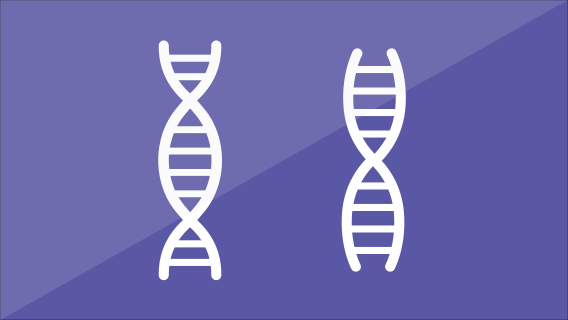Curricula
 Alu PCR: Jumping Genes in Our DNA
Alu PCR: Jumping Genes in Our DNA
In this lesson, students use PCR to explore how segments of DNA called transposons (or “jumping genes”) affect our genome. After extracting DNA from their cheek cells, students identify their own genotype for Alu PV92 – a 300 bp repeat found on chromosome 16. At the end of the lab, students will be able to explain the role of transposons in our DNA and how Alu PV92 in particular can provide insights into human ancestry.
In the online version of this lesson, students analyze gel electrophoresis data from fictional students to determine their Alu genotype. They also engage with a POV video of a student performing the steps of the lab and labeled pictures of all the lab equipment involved.
Learning Objectives
- Perform DNA Extraction, PCR, Gel Electrophoresis to detect the presence of Alu PV92 in your DNA
- Explain how transposons affect genetic variation among individuals in a population using evidence from Alu PCR and maize as a model organism
- Describe the role of regulatory DNA sequences in gene expression and model how transposons may affect an organism based on where in the genome they insert
Prior Knowledge
- Structure and function of DNA
- Relationship between genes and the proteins they code for
- Experience with DNA extraction, micropipetting and gel electrophoresis
In order to access any Curriculum resource, please or if you haven't already done so.
Disciplinary Core Ideas:
LS1.A – Structure and Function
“…genes are regions in the DNA that contain the instructions that code for the formation of proteins.”
LS3.A – Inheritance of Traits
“…genes (expressed) by the cell may be regulated in different ways…”
Science and Engineering Practices:
Developing and Using Models
Constructing Explanations
- Students explain how transposons affect genetic variation among individuals in a population using class genotype data for the Alu transposon information about transposons in other organisms
Crosscutting Concepts:
Cause and Effect
Systems and System Models
- Students explore the relationship between transposons and traits using maize as a model
In order to access any Curriculum resource, please or if you haven't already done so.

